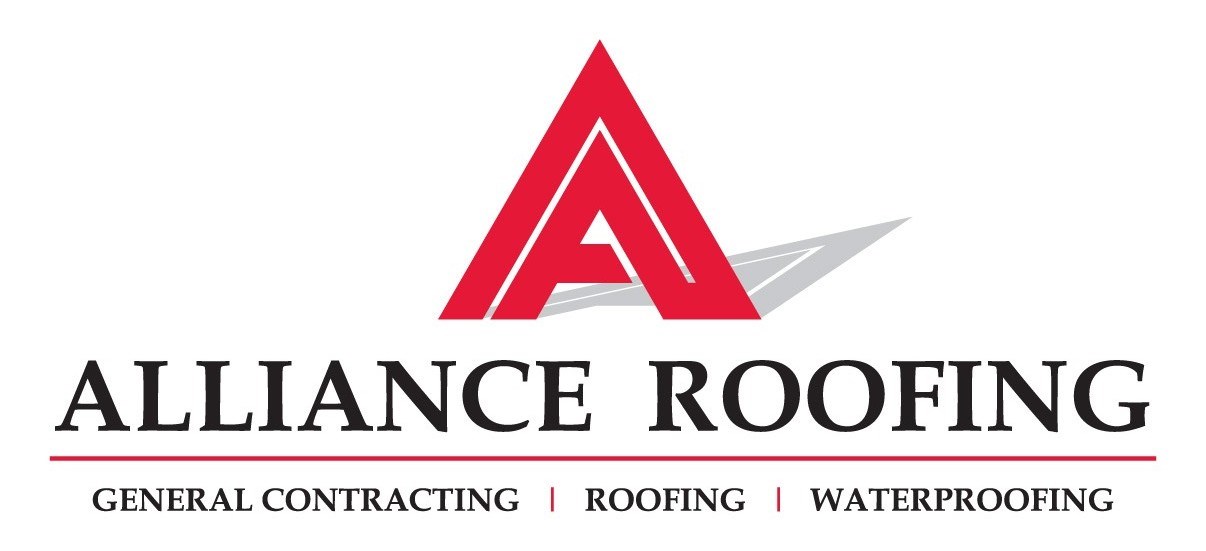Cool Roofs
Always at the forefront in industry evolution, in 1989 Alliance Roofing installed a landmark roof system on the San Jose Arena for Perini Building Company. The new building would be home to the NHL’s newest expansion team, the San Jose Sharks. The new roof system was a hypalon single-ply, white and reflective with a high thermal emittance; and, it would contain over eight inches of roof insulation. The combination of the white roof and the insulation would dramatically lower the energy costs associated with keeping the ice hockey rink at a consistent temperature. It was a predecessor to what the industry now refers to as, a Cool Roofing System.
A cool roof is a roofing system that can deliver high solar reflectance (the ability to reflect the visible, wavelengths of the sun, reducing heat transfer to the building) and high thermal emittance (the ability to radiate absorbed, or non-reflected solar energy). Most cool roofs are white or other light colors.
Image Source - Cool Roof Rating Council (CRRC)
Many roofs are dark-colored and, in the heat of the full sun, the surface of a black roof can increase in temperature as much as 50 °F (122 °C). The result is that a buildings will consume more energy for air conditioning than a “cooler” building.
Cool roofs offer both immediate and long-term savings in building energy costs. White reflective membranes, metal roofing with “cool roof” pigments, coated roofs and planted or green roofs can:
Reduce building heat-gain, as a white or reflective roof typically increases only 5–14 °F (10–25 °C) above ambient temperature during the day.
Create 15–30% savings on summertime air conditioning expenditures.
Enhance the life expectancy of both the roof membrane and the building’s cooling equipment.
Improve thermal efficiency of the roof insulation; this is because as temperature increases, the thermal conductivity of the roof’s insulation also increases.
Reduce the demand for electric power by as much as 10 percent on hot days.
Reduce resulting air pollution and greenhouse gas emissions.
Provide energy savings, even in northern climates on sunny days


